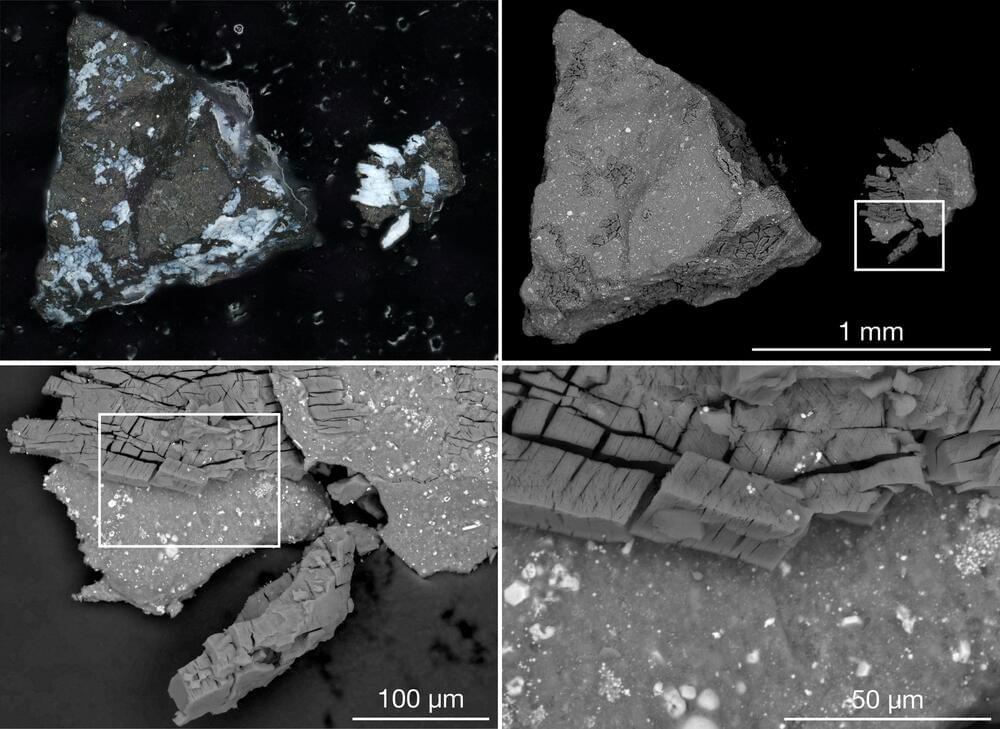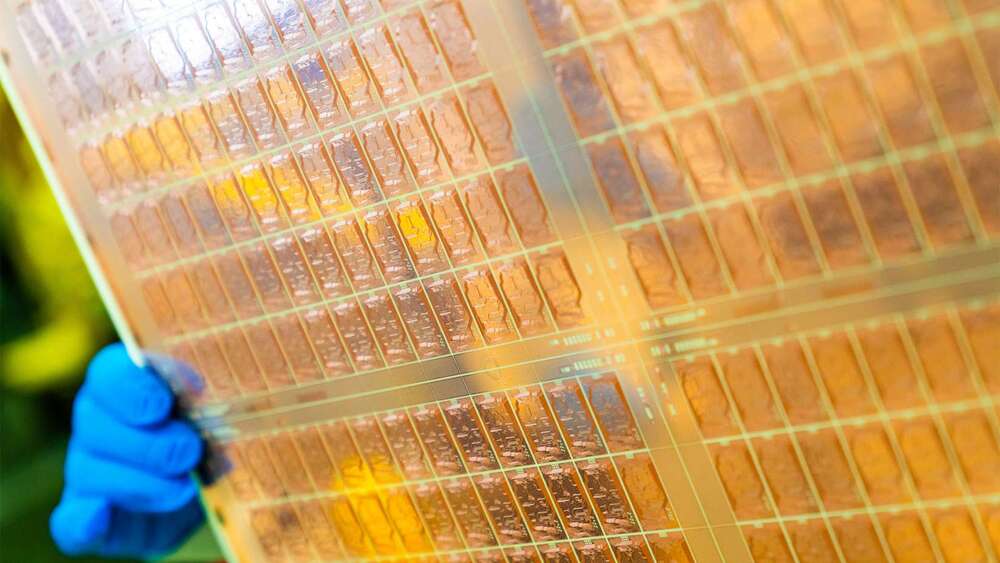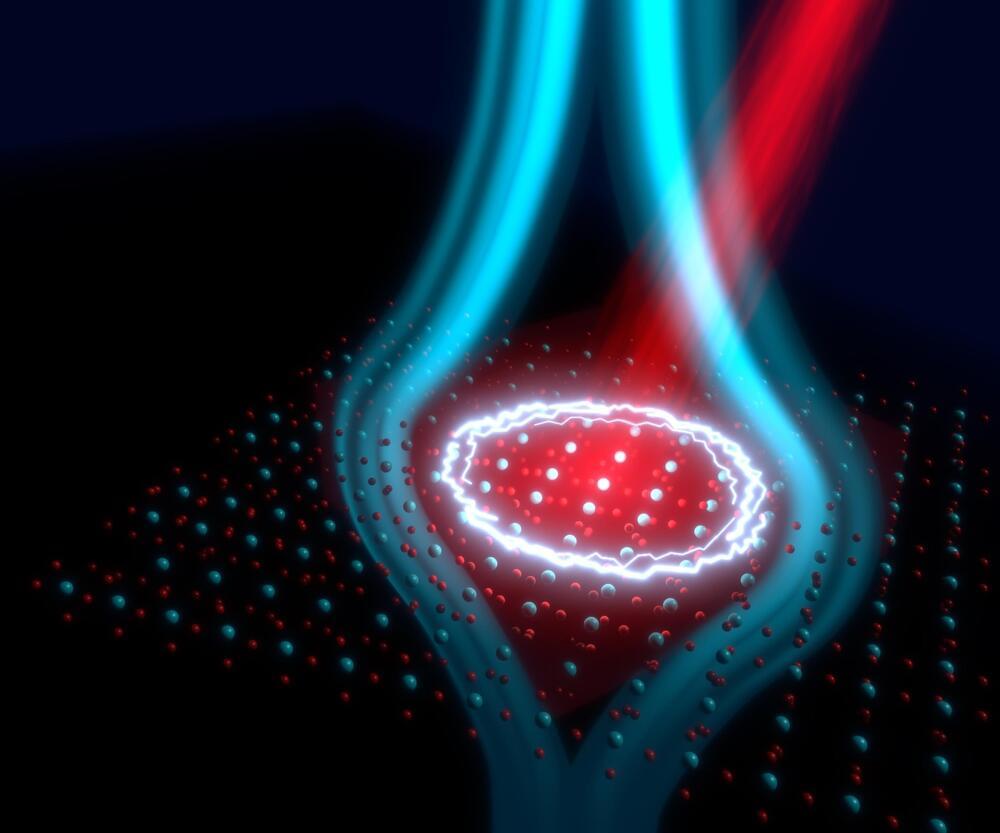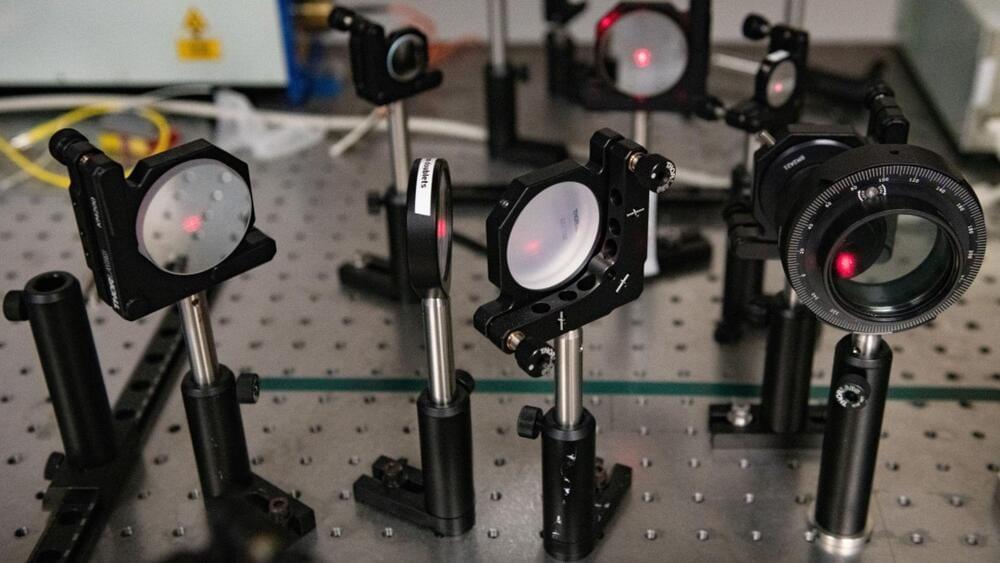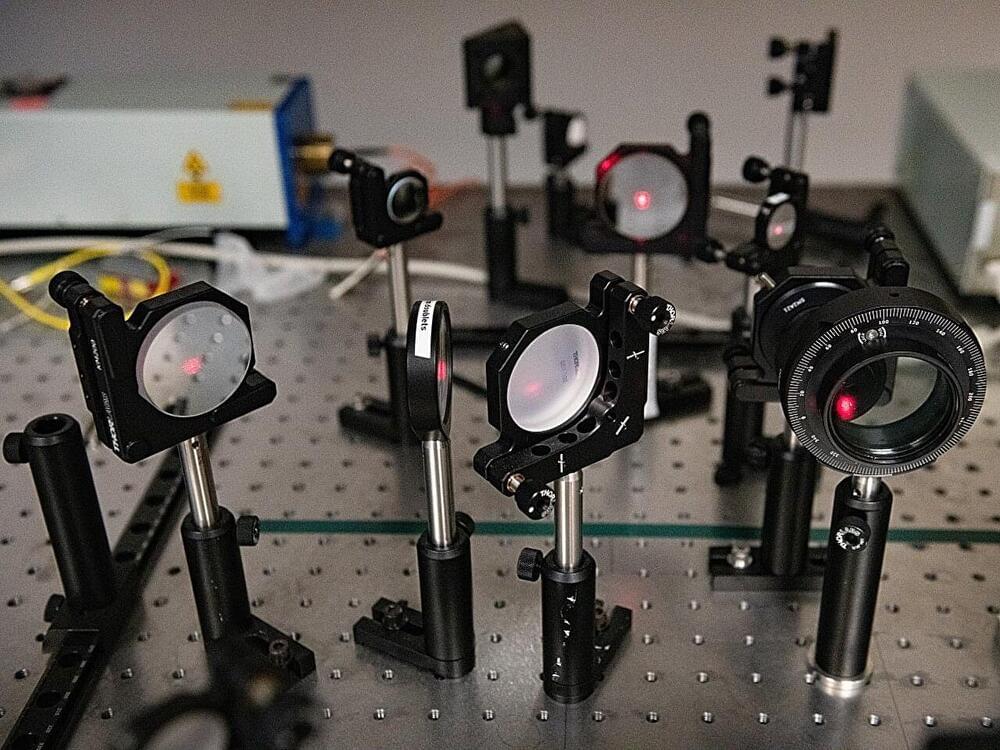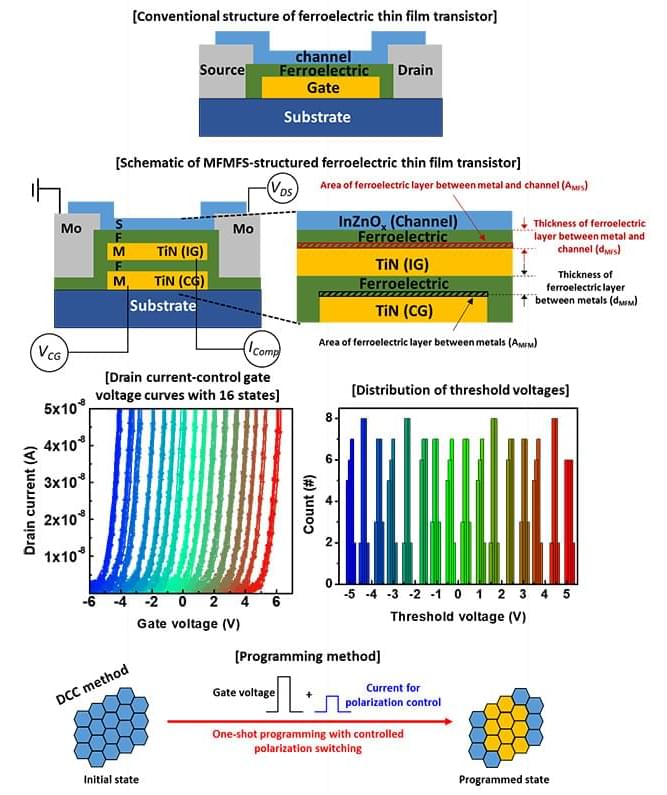Jul 14, 2024
Decoding the Enigma: Origins of Superconductivity in High-Temperature Cuprates
Posted by Saúl Morales Rodriguéz in categories: biotech/medical, materials
Superconductors are materials capable of conducting electricity without any resistance when they are cooled below a specific temperature known as the critical temperature. These materials are used in various applications such as power grids, maglev trains, and medical imaging equipment. High-temperature superconductors, which operate at higher critical temperatures than conventional superconductors, hold great promise for enhancing these technologies. Nonetheless, the underlying mechanisms of their superconductivity are not yet fully understood.
Copper oxides or cuprates, a class of high-temperature superconductors, exhibit superconductivity when electrons and holes (vacant spaces left behind by electrons) are introduced into their crystal structure through a process called doping. Interestingly, in the low-doped state, with less-than-optimal electrons required for superconductivity, a pseudogap –a partial gap in the electronic structure– opens. This pseudogap is considered a potential factor in the origin of superconductivity in these materials.

